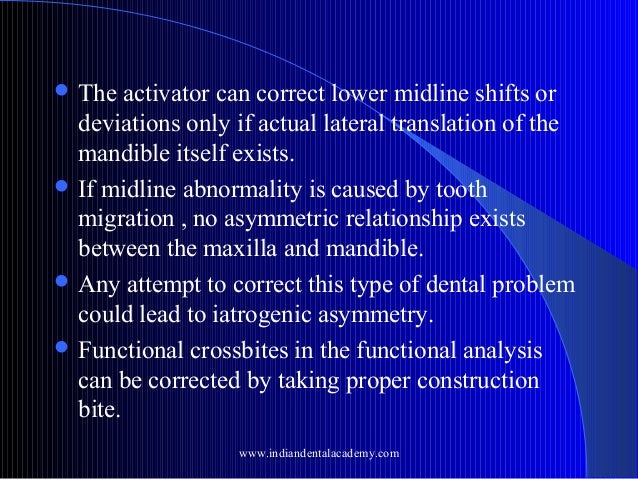While researching the topic of my third semester craft essay at Lesley last year, I came across the term “functional shift” used by cognitive scientists to describe a slow down in brain processing when we encounter language in fiction that makes us hesitate to understand it. Authors are universally taught that clarity is one of our main goals in writing. So while it doesn’t sound like making your reader work to understand what you are saying would be a good idea, it is, in fact, a trick used by many highly successful authors. From Shakespeare to Dr. Suess, authors who can successfully manipulate the functional shift engage their readers more significantly than those who do not use this technique.
Using functional magnetic resonance imaging (or fmri) technology, scientists have gained new insight into how our brains react to the language of fiction. By studying subjects reading Shakespeare, cognitive scientists have isolated this principle of a functional shift.
Shakespeare used 17,677 words in his works, making up approximately 1700 of them, or 10 per cent. He did this by changing the parts of speech, integrating foreign words, adding prefixes and suffixes, inventing words, and connecting separate words together. These intentional syntactic errors shift mental pathways in the reader, which causes the brain to become stimulated. By comparing the language of Shakespeare to the same meaning rewritten in simple prose, scientists were able to discover that the challenge of Shakespeare’s word usage engages the reader, making the subject excited rather than confused. Among examples of Shakespeare’s intentional syntactic mistakes are “thick my blood” from The Winter’s Tale (an adjective made into a verb); “the cruelest she alive” from Twelfth Night (a pronoun made into a noun); “He childed as I fathered” from King Lear (a noun made into a verb); and “him have you madded” from King Lear (an adverb made into a verb). As we read these sentences, our brains hesitate to understand the new use of the word encountered, yet that use is familiar enough to us that we do not discard it as nonsense. We experience a slight delay to process the word and the functional shift is created.
A roots and branch approach that addresses Mind, Body and Meaning. A functional shift is a shift in the use of a word from one grammatical function to another, such as when a noun becomes a verb. This process is nothing new. In fact, Shakespeare used the functional shift quite often in his plays, which is one of the many reasons why so many of his sayings and phrases are still widely used.
On the other pole of this spectrum, Dr. Suess often used the same type of error to engage young readers, such as when he substituted the word “chimbley” for “chimney” in How The Grinch Stole Christmas. Although “chimney” could have worked as an imperfect rhyme for “nimbly” in the previous line, Dr. Suess’ invention of a word so close to chimney, and yet acting as a perfect rhyme, works in the same manner as the inventions that Shakespeare used. The reader accepts the word as something that can be understood after a slight hesitation.
As writers, understanding how and why this functional shift occurs allows us to manipulate it in our own writing. As with all rules, we must understand the rule in order to break it. If the attempted shift is recognized by the brain as nonsense, the brain will hesitate and reject it, and the shift will not be effective, the brain will not be stimulated. A writer must be in control of the technique when he or she uses it for it to produce the intended result.
If you’d like to learn more about the functional shift, this article by Daniel Honan is a great place to start:
http://bigthink.com/blogs/how-to-think-like-Shakespeare.
Functional Shift
What are some examples of an effective functional shift that you have read or used in your own writing?
Also found in: Wikipedia.

functional shift
n.func′tional shift′
Functional Shift Example
 n.
n. 
Functional Shift Conversion
functional shift
- The process by which words change parts of speech without the addition of a prefix or suffix, as in soldier on, the verb, being created from soldier, the noun.Want to thank TFD for its existence? Tell a friend about us, add a link to this page, or visit the webmaster's page for free fun content.

Link to this page:

